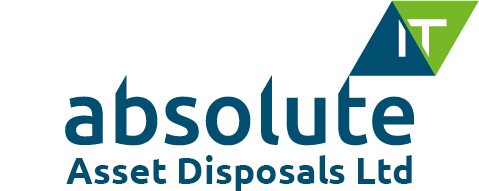
Every business executive has one common fear and that is a data breach. Modern businesses understand that protecting their customer information and data is integral to the lifeline of their business. They understand the dynamic nature of cybercrime, and that constant vigilance is the way forward. Cybercrime is increasing every year at an exponential rate, which is exactly why every business should put steps in place to improve the integrity of their data security.
However, before any business takes precautionary steps they should understand where specific data breaches occur. Here is a list of the most common causes of data breaches. By understanding these breach points, every business will have the ability to devise specific defence mechanisms. These common causes are as follows:
Internal Threats
Internal threats can be categorised into two different broad categories, which include intentional and accidental threats. According to a report published by Verizon, approximately 2% of data breaches have occurred due to accidents, for example if an employee shares sensitive information via email to the wrong recipient!
This type of accidental threat normally occurs because employees fail to understand security protocols – i.e. a crime of omission rather than intent. On the other hand, intentional breaches occur when an employee is fully aware of his or her fraudulent activities and is sharing sensitive information for their own personal gains. Both of these threats can be targeted by improving employee awareness about security protocols and by using a show file chain of custody to keep track of sensitive information.
Inadequate Security Controls
Many businesses are unintentionally guilty of using obsolete security controls, which can lead to critical data storage devices becoming vulnerable to cyber criminals. Some inadequate security responses include lax security policies and firewalls for mobile devices, using overly complex or simple access permissions, using weak passwords, allowing employees to access work networks on personal devices, and using a weak security framework.
All of these inappropriate security controls are extremely vulnerable points which a hacker will exploit the moment they get a chance. In order to improve your businesses security in this aspect, we recommend enforcing stricter password policies, enforcing lockout policies and consider using role based access controls.
Application & Operating System Vulnerabilities
Most businesses do not realise that using outdated software versions or internet browsers is an invitation for hackers to come and exploit their information. What every executive has to understand is that as security systems become more advanced, hackers have become more advanced and creative in hacking security main frames.
This is why every business should make sure that their employees are not using outdated control panels or web browsers as hackers can easily access this information. Until a business improves these two aspects any other security measure can easily be thwarted by a hacker. However, a business can protect itself by segmenting their networks and patching all of their systems on a regular basis.
Malicious Attacks Orchestrated By Hackers
The last and most insidious cause of security breaches is when a hacker launches a deliberate malicious attack on a business’s mainframe. These targeted attacks are often preceded by a successful data breach e.g. through a phishing email. These hacks should not be taken lightly as it has been proven time and time again that even the most advanced security protocols do not stand a chance in the face of a dedicated, planned, and sustained attack. In 2017 several major organisations, including the NHS, Danish shipping giant Maersk, Uber and even the CIA.
While the threat of organised cybercrime is ever-present, every business can take certain steps to thwart these attacks or reduce their impact. These steps include:
- Establishing security protocols for preventing malware, hacking and ransomware attacks, including policies on safe email use and strong passwords
- Regularly updating antivirus definitions and firewall safeguards
- Safely disposing of used IT assets by using a professional, accredited asset disposal service
Such orchestrated attacks are common enough for businesses of all sizes to sit up and take note. While some attacks are deliberately planned, others are opportunistic, with malware and ransomware spreading virally through emails and choosing their victims indiscriminately. A strong internal security system is vital for any business that wants to protect their sensitive information from attacks by hackers.
Find Out More
To learn more about the different ways a business can protect their information and data, please consider get in touch with one of our data specialists today.












